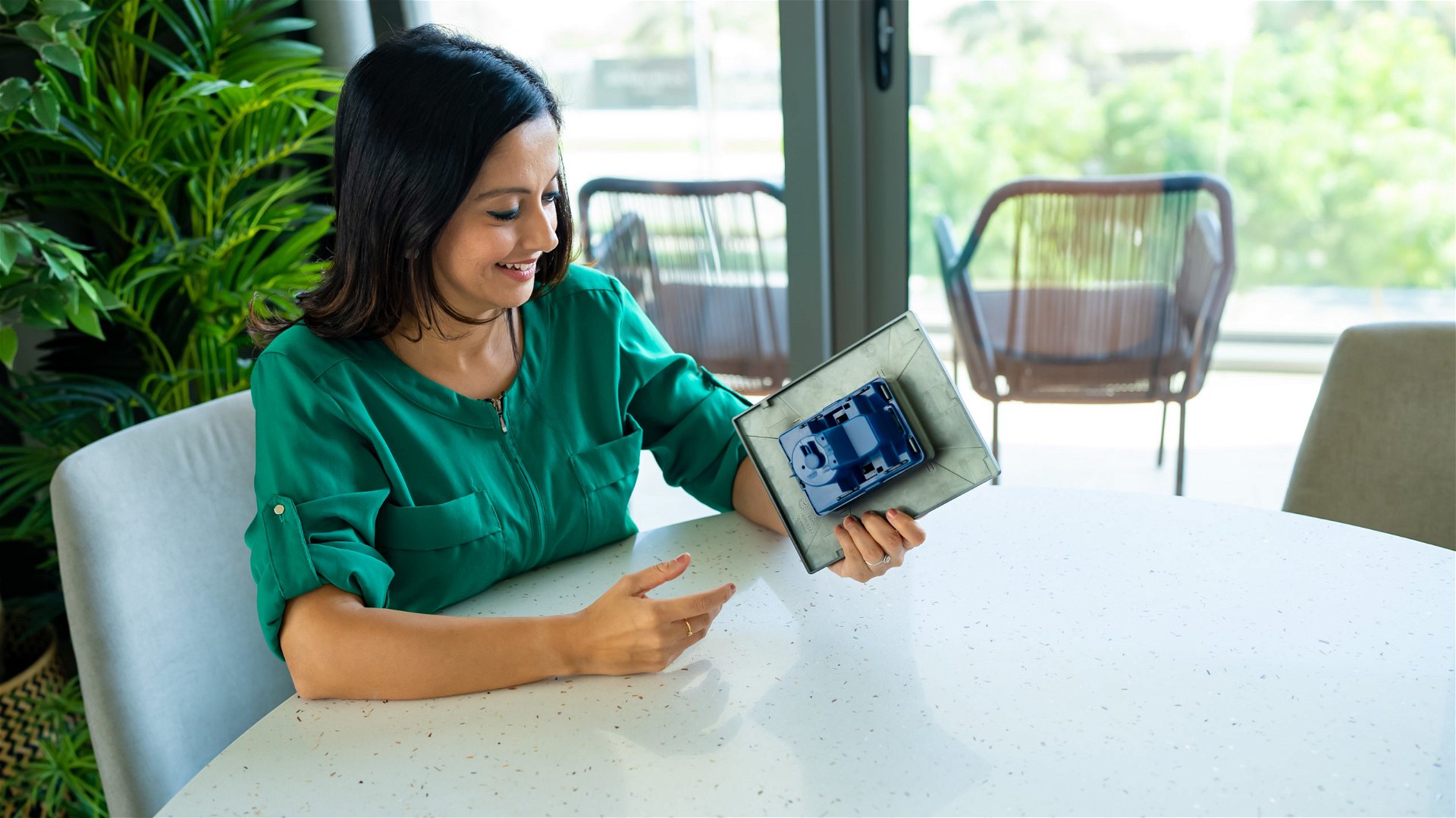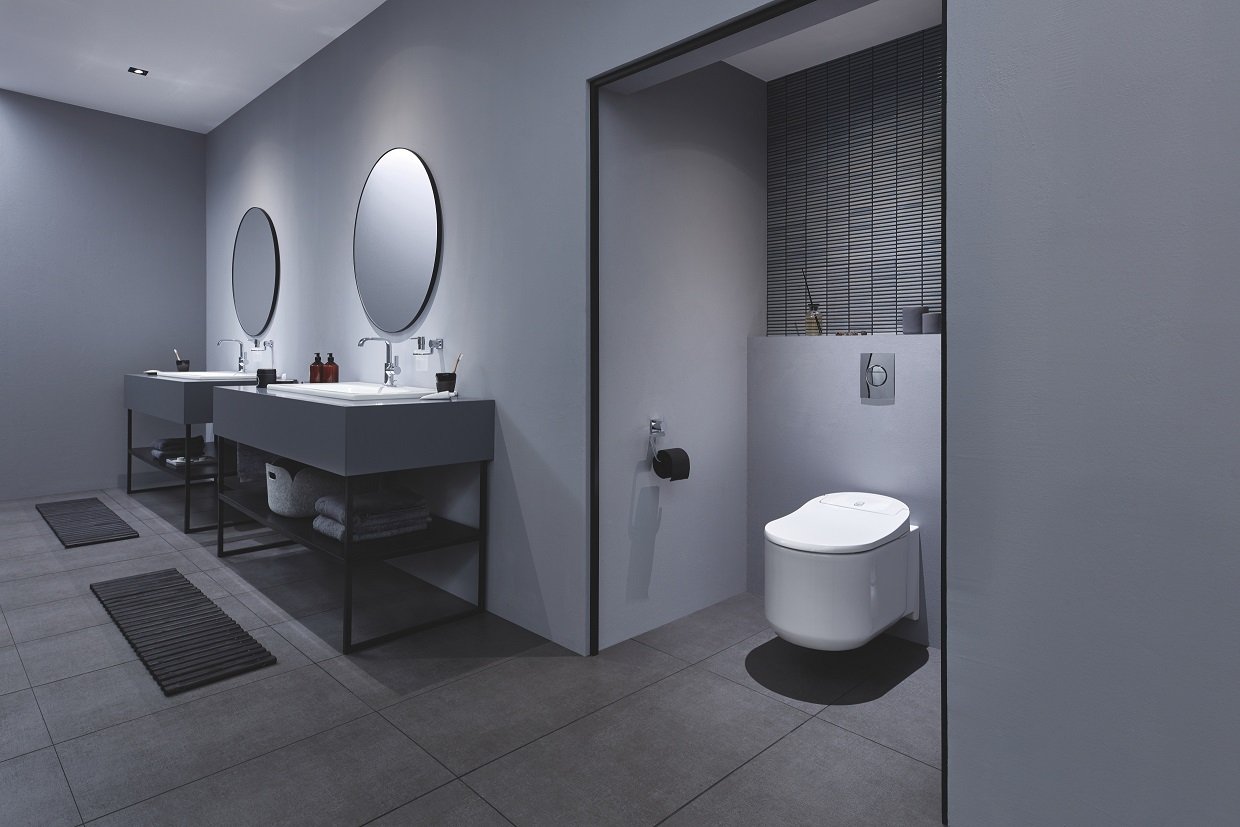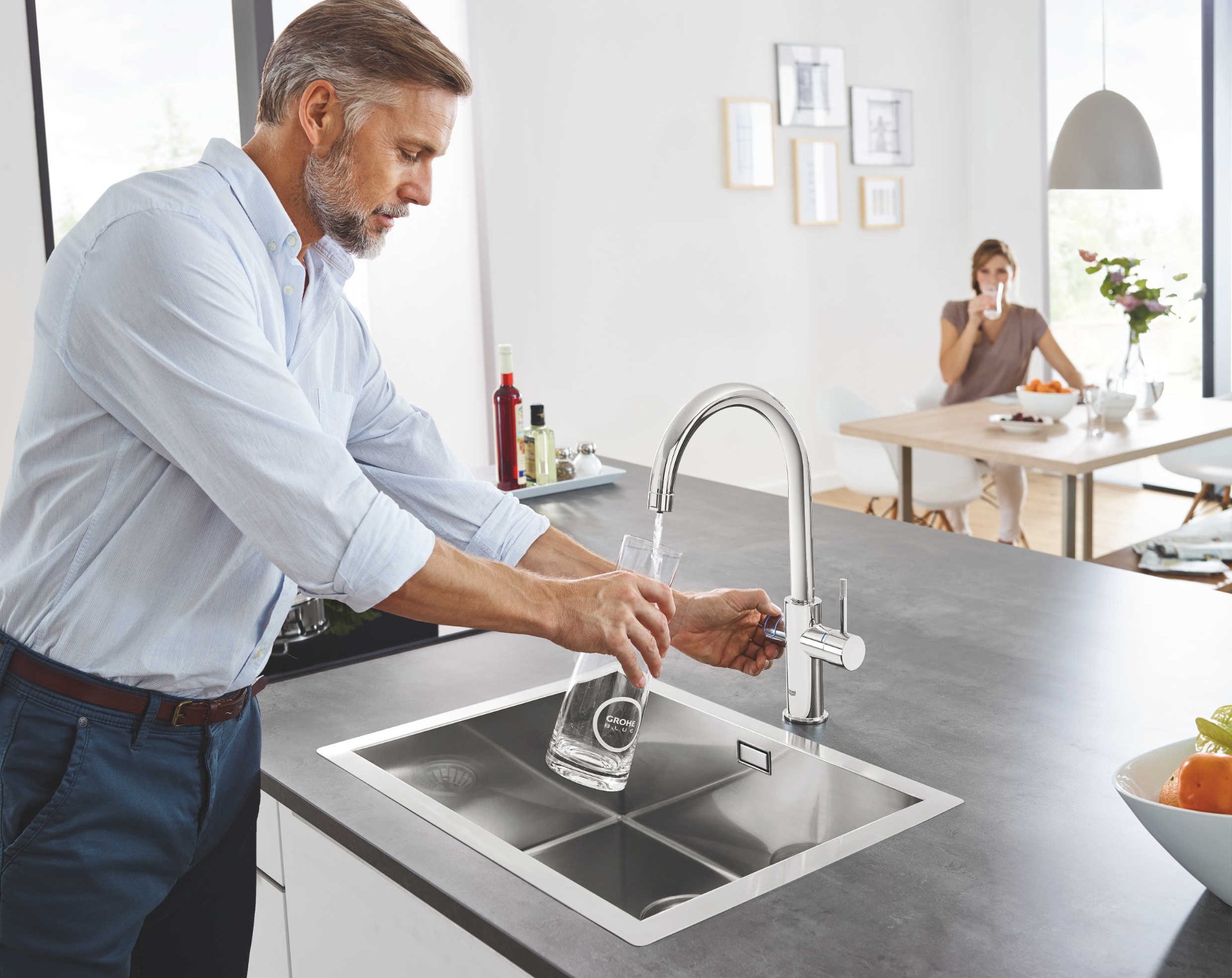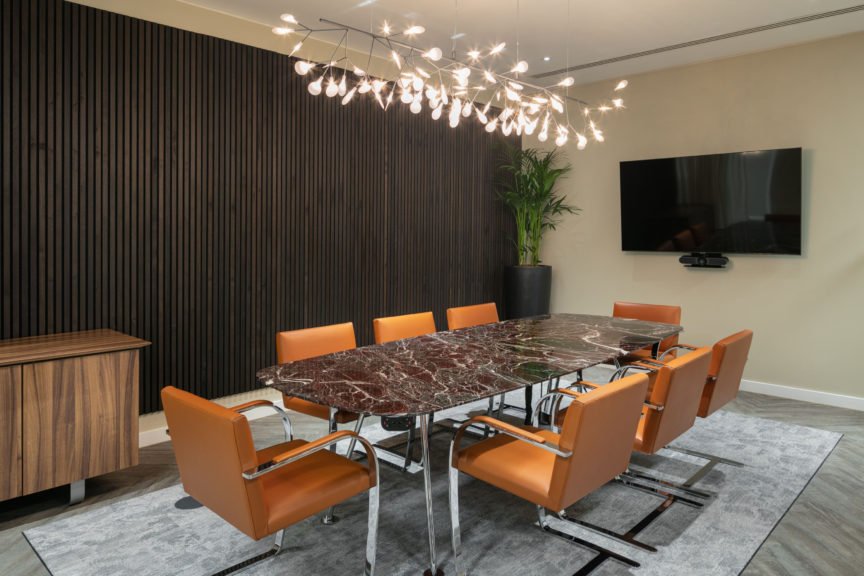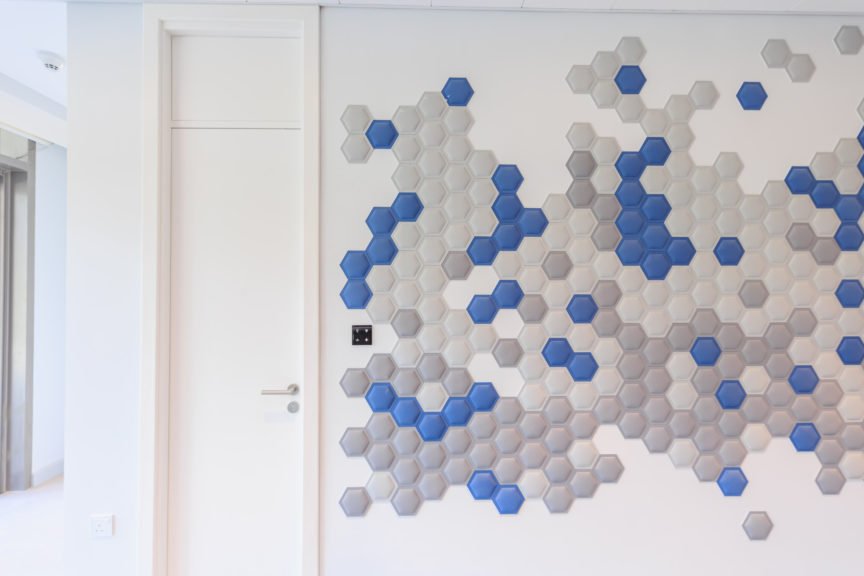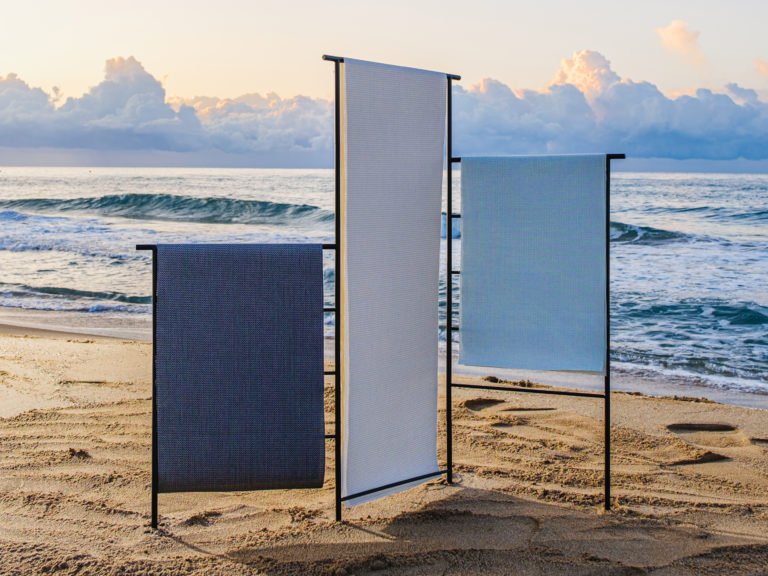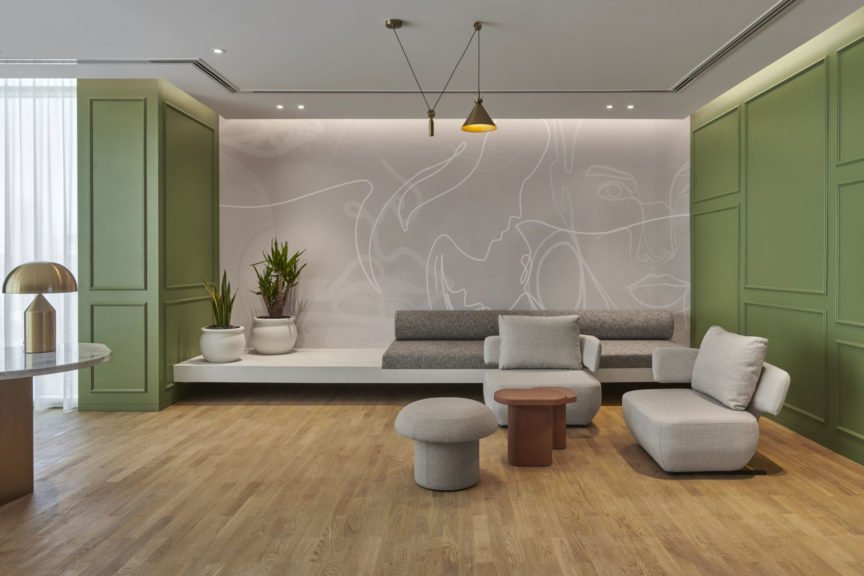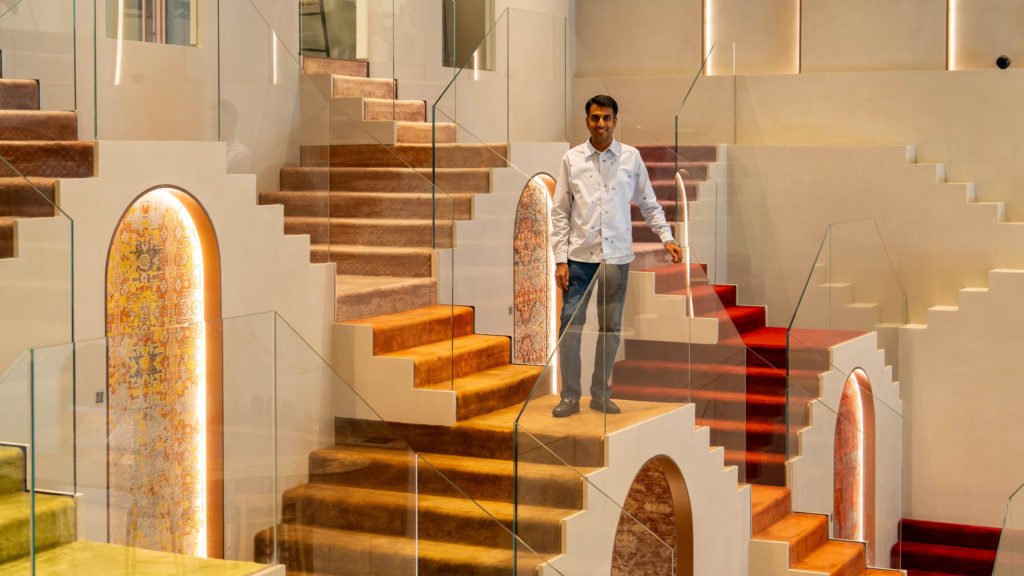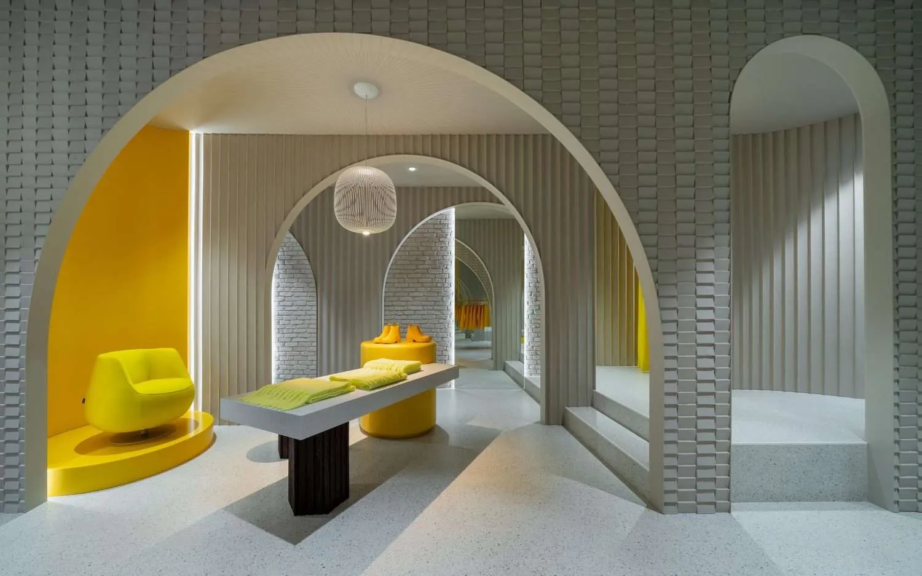As we head towards the end of the Ripple Effect series in association with GROHE, let’s begin by taking a customary look back at the earlier episodes. Focused on sustainable design, the first episode shed light on GROHE’s resolve to preserve and make clean water accessible to all, in line with their commitment to the UN Sustainable Development Goals as a part of the LIXIL Group. The second took a deep dive into the thrilling world of hospitality design, and the third highlighted the shift in focus of healthcare design.
In the fourth and final installment, the Founder and Director of Rumah Interiors – Sonal Kotecha – reveals how residential design has changed in the last few years, especially in the Middle East. As she discusses ongoing trends and tastes in home spaces, it becomes apparent that curating a home is about paying attention to the details.
The concept of blurring boundaries between the outside and inside has existed for a long time. Veteran architect Tadao Ando’s work is a living example of its benefits and allure. Recently, the concept has seen a spike in architecture and interiors after the world population was cooped up between four walls.
“One of the trends that I’ve definitely seen have a huge influence on the residential design sphere is the concept of biophilia – that’s basically bringing the outdoors in. It’s particularly because people were locked down for different durations around the world and now realize the importance of establishing some connection with the outside world”, Sonal says, drawing on her observations.
She continues, “We’re seeing a lot more earthy, warm materials and textures from furniture products to sanitaryware. We’re also seeing more mixed metals being specified in kitchens and other key spaces in a home – although I see more people lean towards the warmer metals over the cooler kind, like the conventional chrome finishes. Another significant residential trend we’ve been seeing over the last couple of years is a preference for neotenic forms – sculptural, curvaceous shapes- from interior to architecture. Even in bathrooms, for instance, conventional tiling is replaced by more innovative materials like Moroccan plaster, waterproof wallpaper and micro-cement to give it a more organic feel.”
Renewed Briefs in the Residential Sphere
Transformation in residential spaces after the pandemic is not limited to concepts or style shifts. Homeowners have come to like the alterations they had to make and want to continue retaining a few of them even after the restoration of virus-free times.
“A lot more clients are asking us, at a very early stage of the design, for comfortable home office spaces. Clients now find bathrooms even more important than they used to be. During the pandemic, these spaces became a sanctuary over a functional space – especially for people with kids. Bathroom design has crept up in the hierarchy of the brief. With the increased importance of hygiene, showers have also become a necessary but relaxing activity”, she says.
In light of this, Sonal has felt an increase in demand for products like the GROHE Smart Control Shower System in home renovation, especially in the UAE.
The Middle East Luxury Factor
The Middle East is at the cusp of the eastern and western worlds. Due to its geographical location and welcoming spirit, the region is a breeding ground for cross-cultural experiences and a melting pot of design styles. In all of this, the common denominator is the love for luxury. According to Sonal, there exists another reason for this demand in the residential sphere.
“We recently did a residential project in Burj Khalifa for our client who doesn’t live there throughout the year – and this is not uncommon. People buy holiday homes here – perhaps use it two to three months out of the year and rent it out on the short-term rental market the rest of the time. For those kinds of projects in particular, people introduce luxuries that would otherwise be reserved for hotel experiences,” she reveals.
Although second homes in UAE are a good source of investment and may contribute significantly to the demand for luxury – that does not take away the fact that there are distinctive features about the homes in the region.
Sonal explains, “Bathroom and kitchen trends in MENA are definitely different to other parts of the world and have been for a long time. In the larger-scaled luxury projects – one could have a front-of-house kitchen, which is for entertaining and another back-of-house kitchen, where all the mess is made. Over here in the UAE, powder rooms are integrated into the space planning very early on – it’s an important element of being good hosts. From my own experience living in the UK, powder rooms are often added later, maybe even underneath a staircase, to fulfil a functional need. The use of bidets is something that we consider very normal over here, however, in Europe and the US, it has just begun being adopted. In this sense, products like GROHE Sensia Arena WC are perfect and can sponsor the same luxury in a different country where they might not necessarily have the required plumbing for shutoffs and bidets.”
Sustainability begins at home
Shelter is one of humankind’s primary requirements; hence, it is important for sustainability to be infused into these spaces. A sustainable home sets a lifestyle standard for the people inhabiting the space – practising and respecting sustainability become tenants’ second nature.
“When we get a brief from our clients, sustainability in the context of residential design is super important. With Dubai and the 2040 plan of increasing the amount of housing to accommodate double the current population, it’s all the more important that at a very early stage, sustainability is given the importance and education it deserves – to make sure that we’re making the correct decisions moving forward,” Sonal says.
“I’m happy that water filtration systems are becoming increasingly popular because they have huge sustainable benefits not just for the end user but for the climate. But I don’t feel that in our region, it’s been integrated as yet; there’s a friction at the developer level to make sure that provisions are put in place so that a water filtration system can be easily connected. This is something where we really need to educate people on how to have the effect of that change. Hence, my favourite GROHE product is Blue. I love that you can just walk over to your kitchen, get stillwater, sparkling or filtered water”, she concludes.

